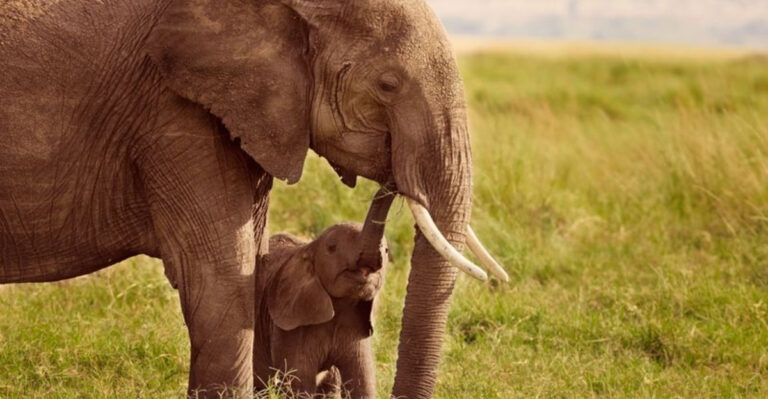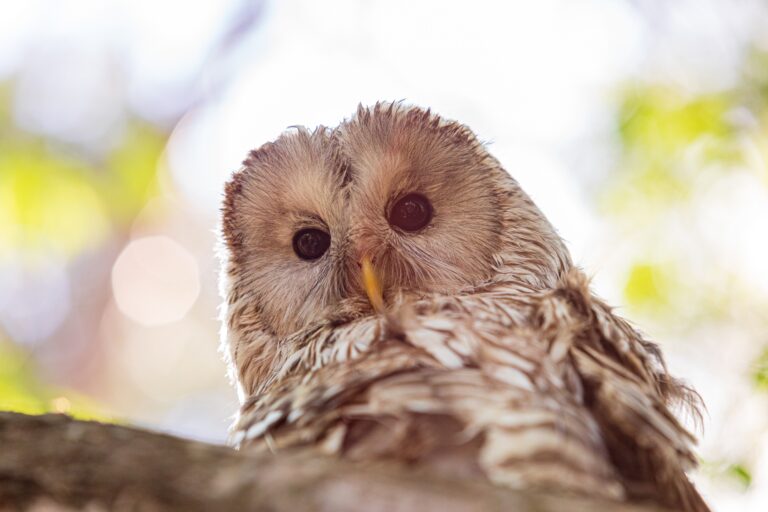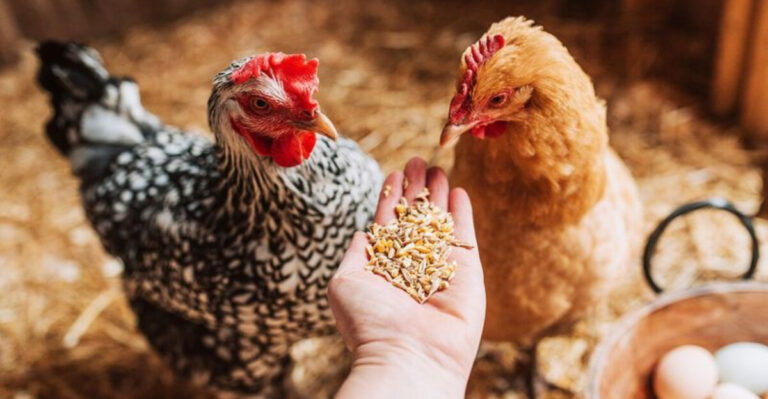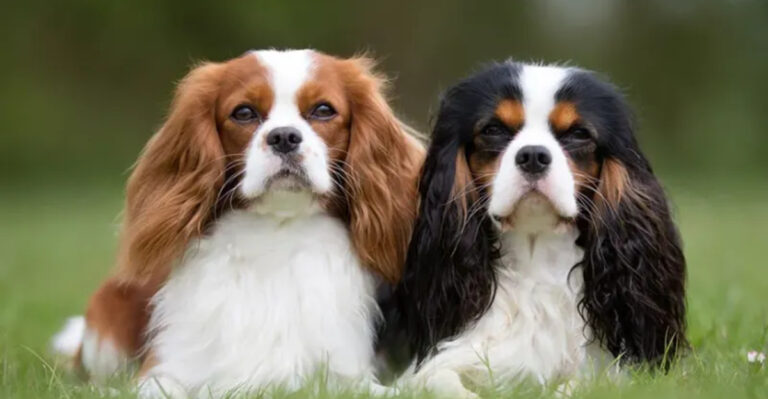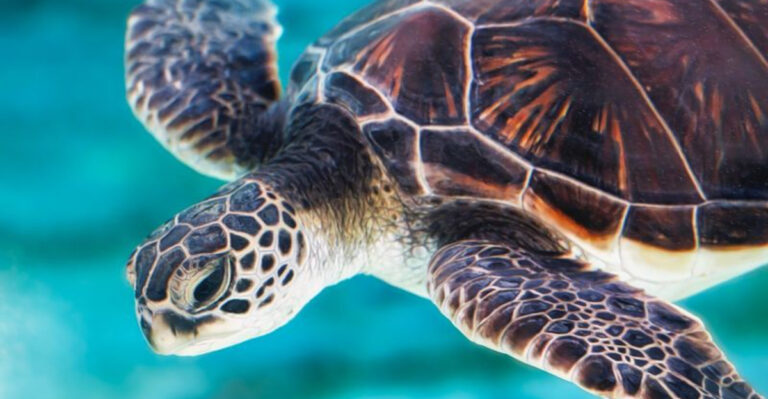12 Incredible Animals That Use Waste As Tools For Survival
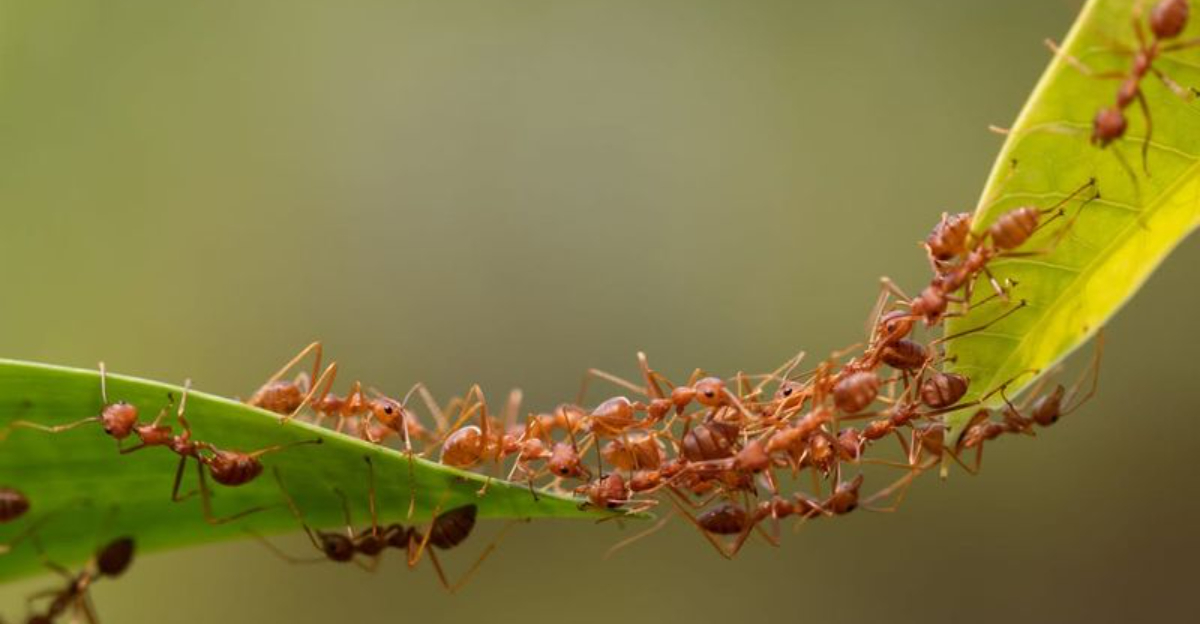
In the world of wildlife, survival often means thinking outside the box. Some animals have developed ingenious ways to utilize waste materials in their environment.
From crafting tools to building homes, these creatures demonstrate that one animal’s waste can be another’s treasure. Discover some of the most fascinating animals that use waste as tools for their survival.
1. Dung Beetle
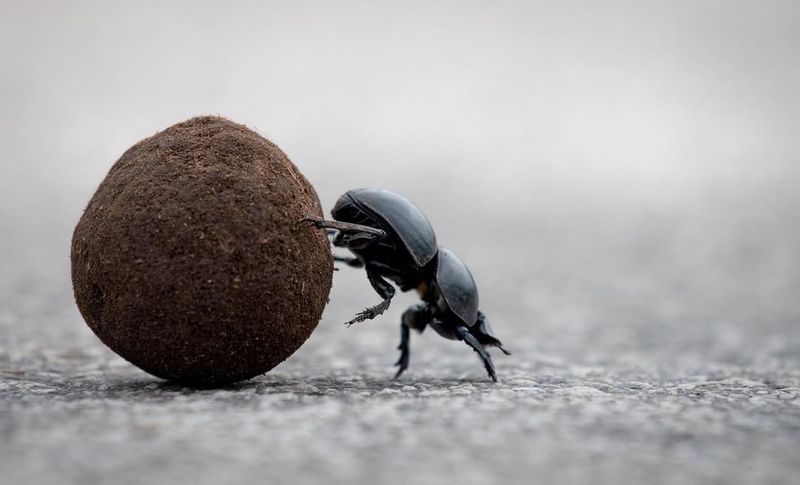
Dung beetles are insects that use animal feces to their advantage. They roll balls of dung, which serve as food sources and breeding chambers. The dung is rich in essential nutrients, providing sustenance and a safe place for their larvae.
These beetles play a crucial role in recycling nutrients back into the soil, benefiting the ecosystem. By burying the dung, they help aerate the soil, promoting plant growth.
2. Shoebill
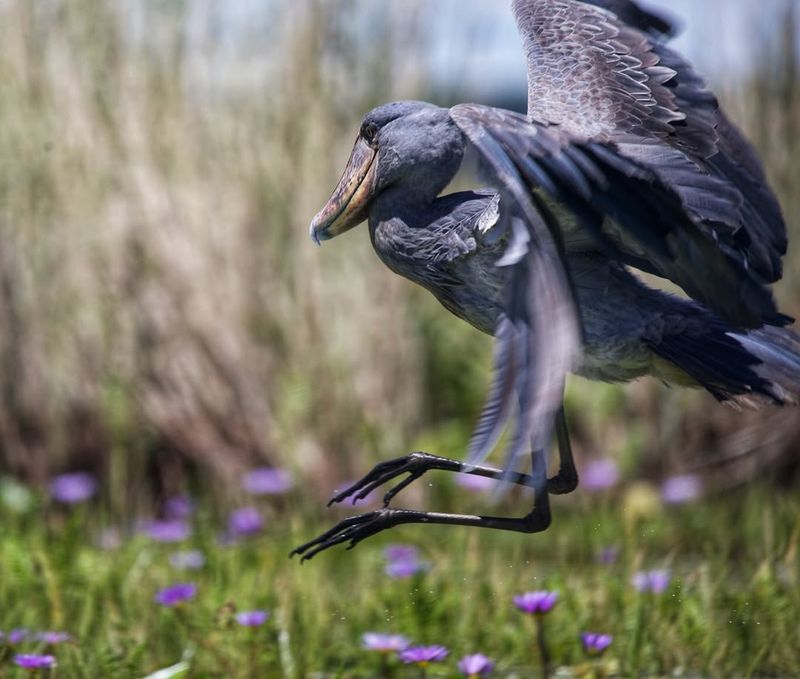
The shoebill, a large bird found in African swamps, uses waste in a rather unexpected way. Its unique beak shape allows it to scoop up water plants that contain small fish and frogs. The plant waste is discarded while the prey is swallowed.
This method helps the shoebill catch elusive prey hiding in the dense swamp vegetation. The bird’s patience and precision in hunting are remarkable, making it a formidable predator.
3. Koala
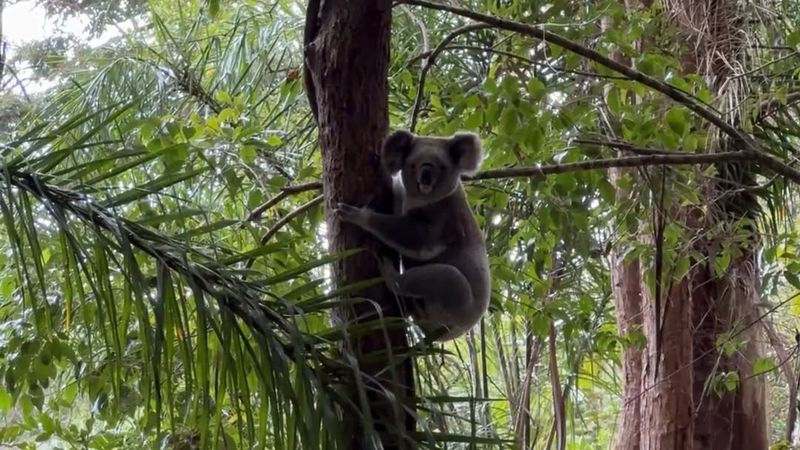
Koalas, native to Australia, are known for their eucalyptus diet. However, young koalas consume a special kind of waste known as ‘pap’. This semi-liquid fecal matter from the mother is rich in bacteria necessary for digesting eucalyptus leaves.
This unique feeding strategy ensures that baby koalas acquire the essential gut flora needed to survive on a eucalyptus diet. The pap provides vital enzymes that help break down the toxic compounds in the leaves.
4. Crows
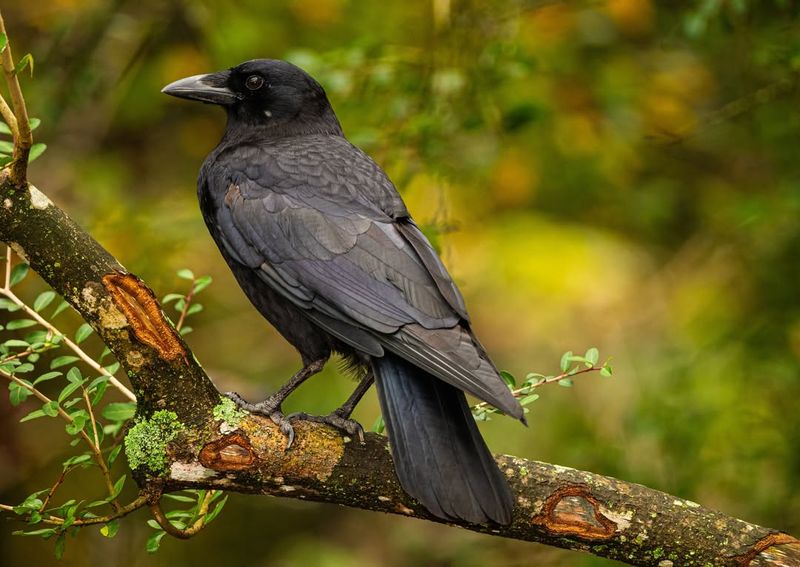
Crows are incredibly intelligent birds that utilize waste material for various purposes. They are often seen collecting shiny objects from trash, using them to build nests or attract mates. This behavior showcases their problem-solving skills and adaptability.
In urban environments, crows often scavenge human waste for food, demonstrating their ability to thrive alongside humans. Their resourcefulness is evident in how they use discarded items to enhance their survival.
5. Octopus
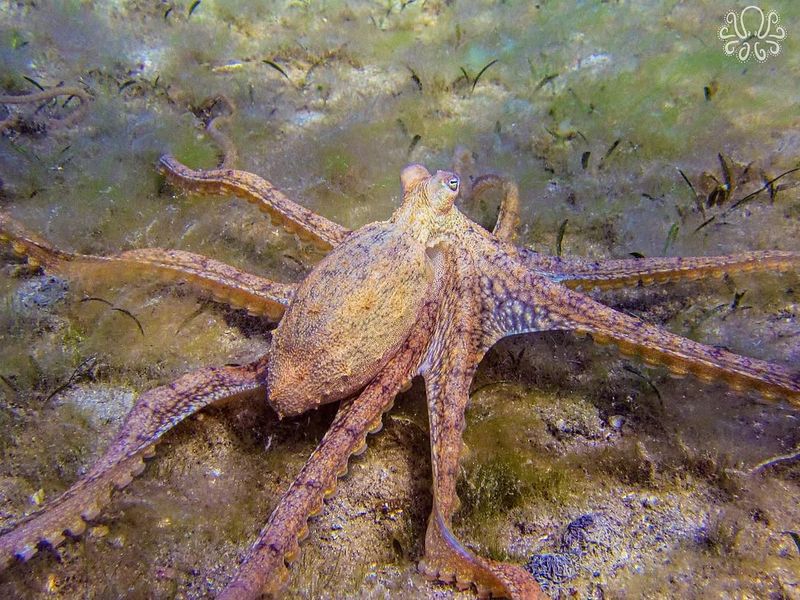
The octopus, an intelligent sea creature, is known for using waste to its advantage. It often collects shells, rocks, and even human debris to construct shelters, known as ‘octopus gardens’. These refuges offer protection from predators and strong currents.
The octopus’s ability to manipulate its environment demonstrates its adaptability and intelligence. By using waste materials, it creates a safe haven, showcasing its creative problem-solving skills.
6. Beavers
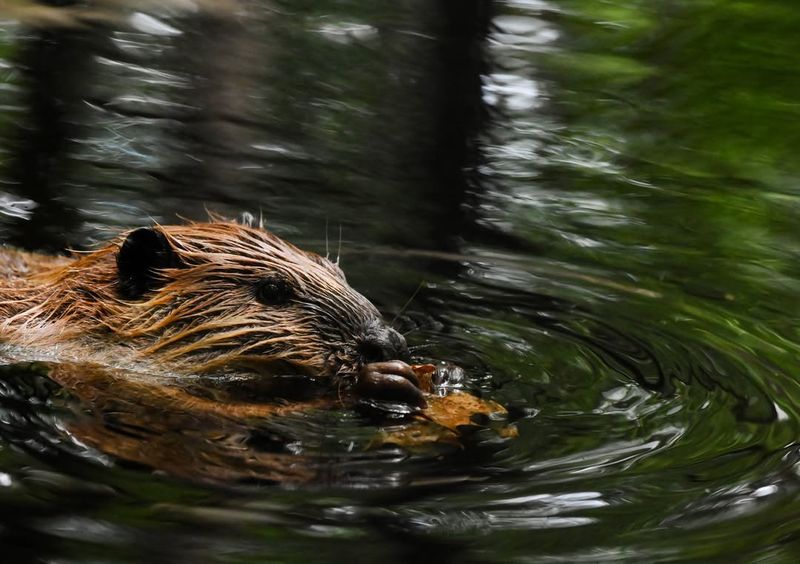
Beavers are known for their engineering prowess, utilizing natural waste like branches and leaves to construct dams. These structures create ponds that provide safe habitats for themselves and other species.
By felling trees and gathering plant debris, beavers influence the landscape, creating wetlands that support biodiversity. The waste materials they use help stabilize their environment and ensure access to food during winter.
7. Ants
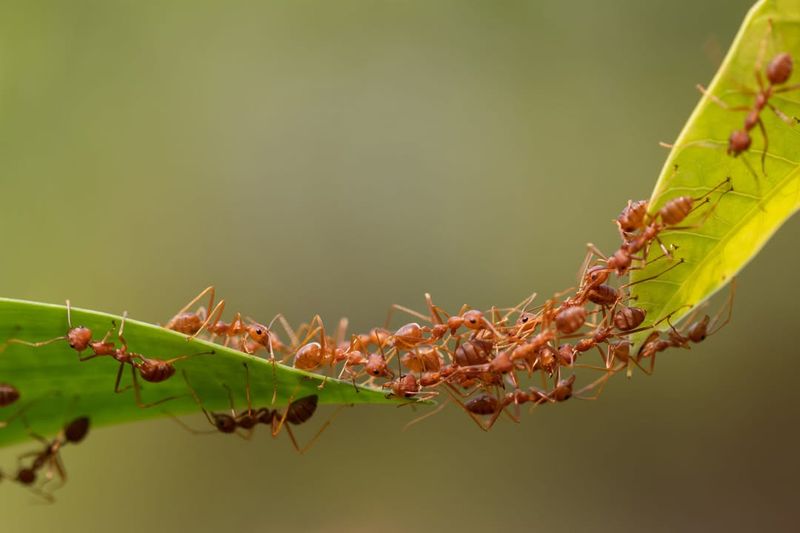
Ants are remarkable for their cooperative behavior, often using waste as construction material. They collect leaves, twigs, and dead insects to build and maintain their colonies. These materials provide structure and reinforce their underground homes.
By recycling organic waste, ants contribute to nutrient cycling in the soil, promoting plant growth. Their meticulous organization and teamwork allow them to efficiently utilize available resources.
8. Ravens
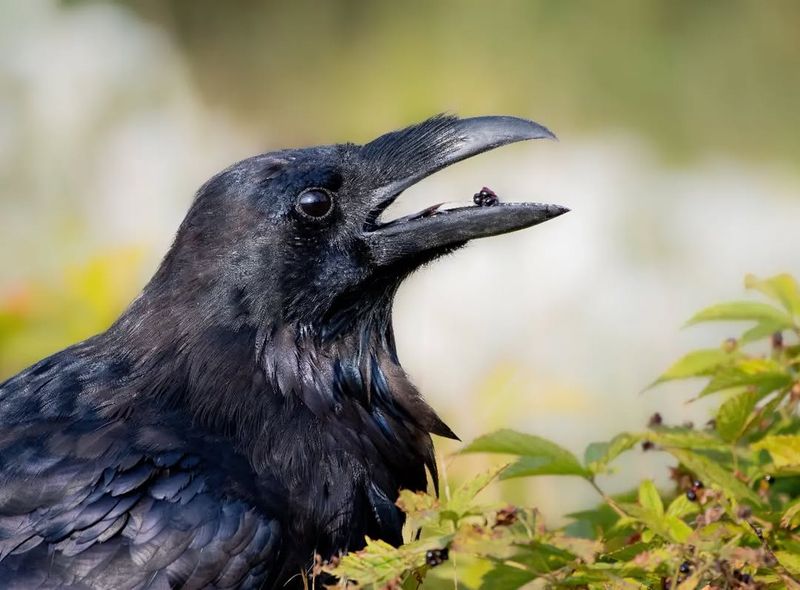
Ravens, known for their intelligence, often utilize waste in surprising ways. They are opportunistic feeders, scavenging carcasses and human refuse. This dietary flexibility allows them to survive in diverse environments.
These birds also use bones and sticks to create nests, demonstrating their skill in resource utilization. Their adaptability is key to thriving in both natural and urban settings.
9. Sloths
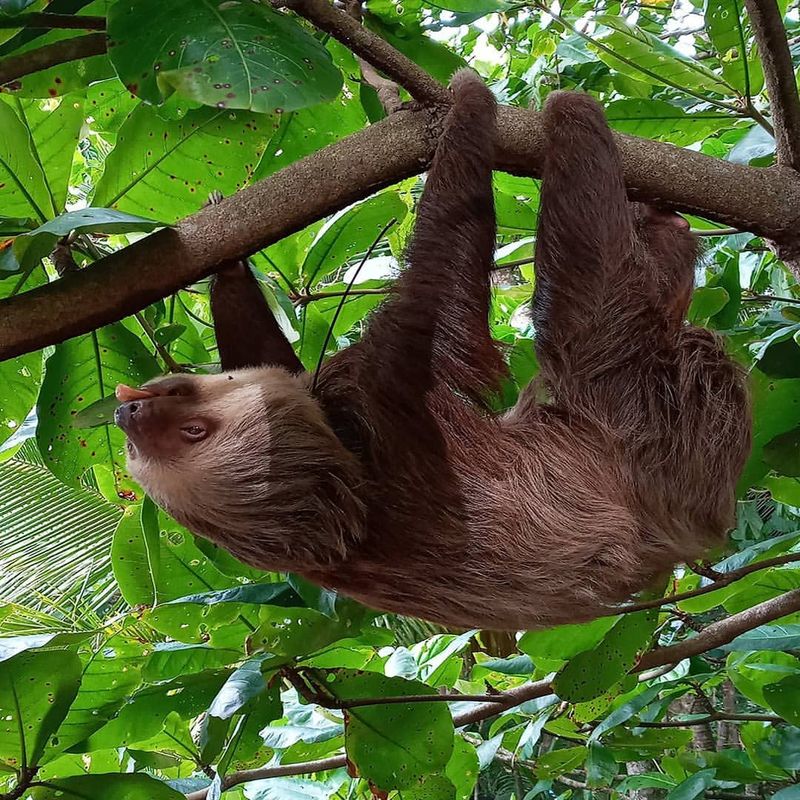
Sloths, residing in Central and South American rainforests, use waste in a rather unique way. Their slow metabolism and sedentary lifestyle lead to the accumulation of algae on their fur.
This green coating provides excellent camouflage. The algae also serve as a minor food source for the sloth, offering additional nutrients.
10. Termites
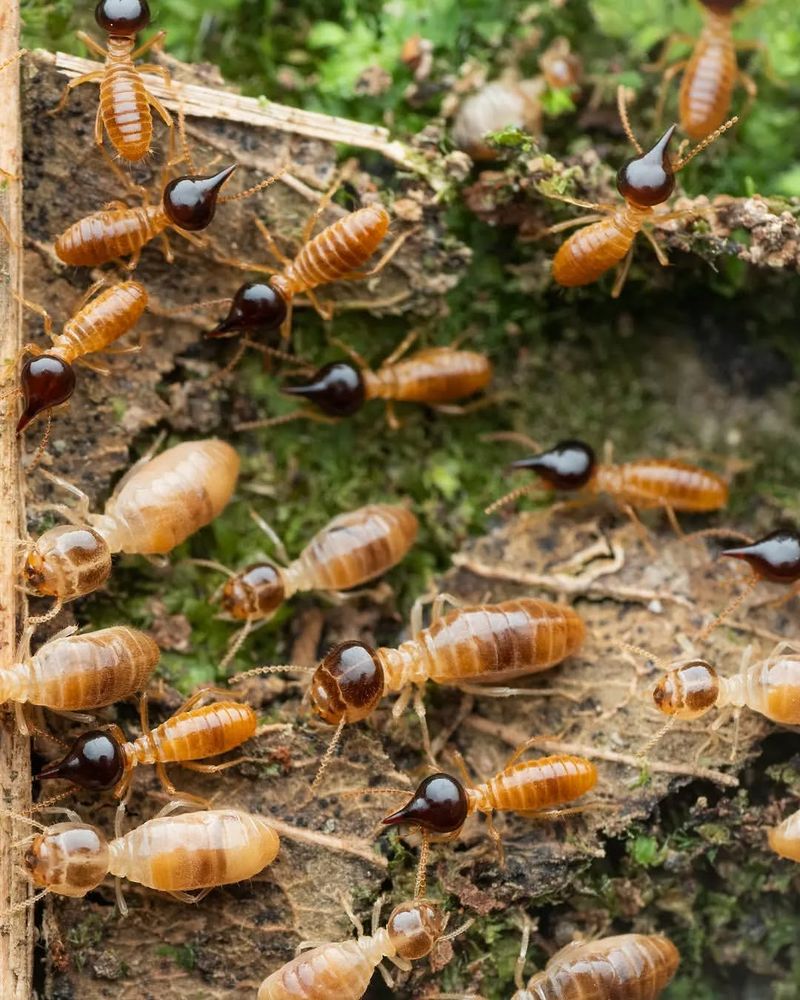
Termites are master architects, utilizing wood waste as building material for their colonies. They construct elaborate tunnels and mounds using chewed wood mixed with saliva. This structure provides shelter and regulates temperature.
Their ability to break down cellulose in wood is vital for nutrient cycling, benefiting the ecosystem. By recycling dead wood, termites play a crucial role in maintaining the ecological balance.
11. Pangolins
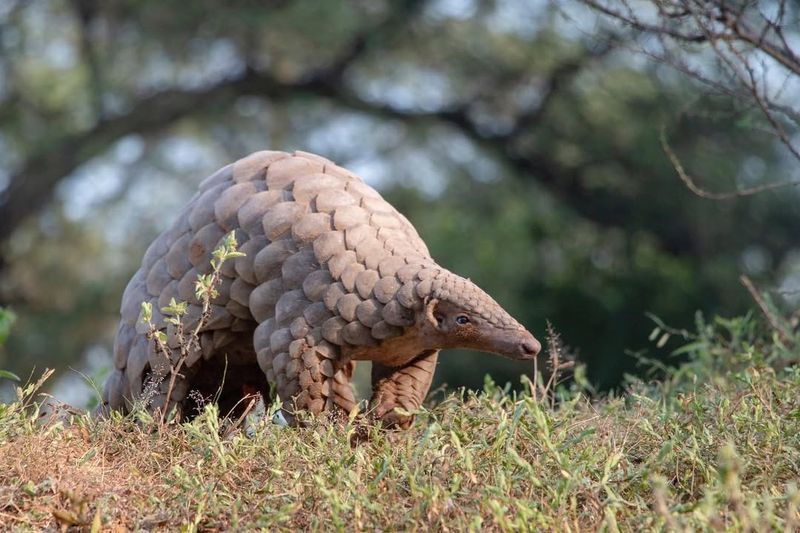
Pangolins, known for their armored scales, use waste in a particularly intriguing way. They consume ants and termites, digesting them with the help of small stones or dirt they pick up, which grind the food in their stomachs.
This method compensates for their lack of teeth, enabling efficient digestion. Their unique feeding strategy showcases nature’s inventive use of available resources.
12. Elephants
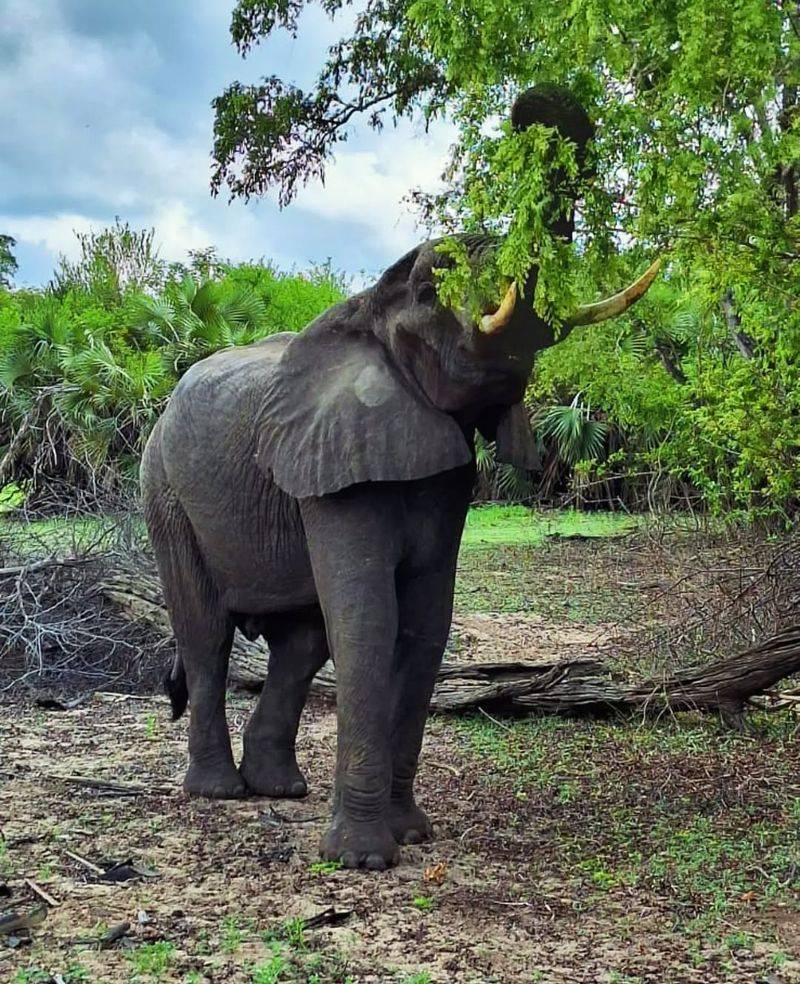
Elephants, the gentle giants of the animal kingdom, use mud waste for both protection and comfort. By coating their skin with mud, they shield themselves from the sun and parasites.
This behavior is not only a sunblock but also helps to cool their massive bodies. The mud also provides a protective barrier against insect bites.


